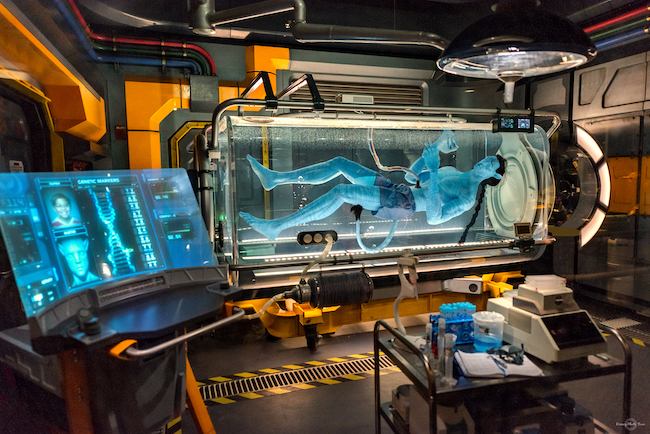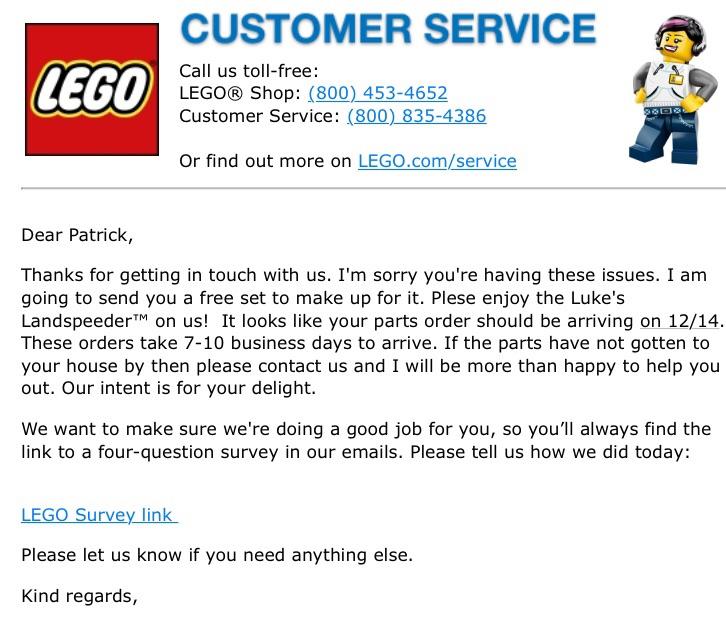Standing in line for hours in the hot Orlando sun with a temperamental toddler. Nearly finishing a 750-piece LEGO set only to realize you’re missing piece #749. Ordering a pizza after a long day at work that, most disappointingly, “tastes like cardboard.”
Every day, as customers, we encounter pain points when interacting with brands—even our favorite ones. Moments when our experiences fall short of our expectations, or we feel frustrated or angry with what we’ve received or how we’ve been treated.
And due to our hardwired negativity bias, these moments of frustration or disappointment can significantly impact customer loyalty. In fact, one in three customers say they’d stop doing business with a brand after just one bad experience—and they’re far more likely to tell others about it.
But for brands, the goal isn’t to avoid pain points altogether. Slip-ups happen, especially when you’re innovating. Nor is it enough to simply fix the problem. That’s table stakes.
The brands that stand out go further. They turn frustration into opportunity.
Let’s look at how three beloved brands have done just that.
Disney: From waiting in line to living the story
When Disneyland introduced single-entry pricing in 1987, attendance soared...and so did wait times. Guests grew increasingly frustrated standing in endless lines under the California sun.
Disney could have focused on efficiency—adding rides, adjusting entry times—but the Imagineers saw something deeper: an opportunity to make the wait part of the magic.
They began treating lines as storytelling spaces, where the experience didn’t pause—it simply began earlier. In The Haunted Mansion, guests wind through a shadowy cemetery filled with pun-filled tombstones and eerie sounds that build anticipation. In Pandora: Flight of Passage, visitors move through glowing caves and research labs that gradually transport them into the world of the Na’vi.
By reimagining “dead time” as “Disney time,” Disney turned impatience into anticipation—and proved that even the least glamorous part of an experience can become a memorable one.

Domino’s: From ‘tastes like cardboard’ to radical transparency
In 2009, Domino’s faced a harsh truth: customers ranked its pizza among the worst in the category – tied with Chuck E. Cheese. Instead of quietly fixing the recipe, Domino’s went public with the criticism—broadcasting real, unfiltered comments like “worst excuse for pizza I’ve ever had” on billboards, social media, and TV.
That honesty sparked curiosity and credibility. The company overhauled its recipe, invited ongoing feedback through its app, and turned public scrutiny into proof of progress. By leaning into vulnerability instead of avoiding it, Domino’s transformed a brand crisis into a comeback story.

LEGO: From lost pieces to legendary service
LEGO receives millions of customer service requests each year, many about missing pieces. Even when the loss isn’t the company’s fault, LEGO uses these moments to create joy, not frustration.
Its team follows a “FRKE” philosophy—Fun, Reliable, Knowledgeable, Engaging—often replying with personalized, playful messages. One customer who lost a Star Wars minifigure received a note from a LEGO Jedi promising to “restore balance to the Force.” A simple replacement became a story worth sharing and a reason to stay loyal.

Turning friction into fuel
Whether it’s a theme park, a pizza chain, or a toy company, the lesson is the same: pain points are inevitable—but wasted pain points are optional.
The most admired brands don’t just fix problems; they transform them.
They follow a simple pattern that turns frustration into loyalty: Empathize. Engage. Elevate.
- Empathize. They start by really listening (without defensiveness) to what customers are saying and feeling. Domino’s didn’t hide from harsh feedback; it leaned into it. By acknowledging frustration openly and showing humility, the brand turned criticism into credibility.
- Engage. They meet customers where they are with creativity and authenticity. LEGO doesn’t send canned replies or automated apologies; its service team brings empathy to life through humor, warmth, and genuine conversation. Each interaction feels personal and memorable.
- Elevate. Finally, they reimagine the moment itself, turning the fix into a brand-building experience. Disney didn’t just make lines shorter. It made them part of the magic, infusing storytelling and play into what was once a source of impatience.
By choosing to empathize, engage, and elevate, brands transform everyday friction into fuel for connection and innovation. Because in the end, the most beloved brands aren’t the ones that never stumble—they’re the ones that know how to turn a flop into something truly fab.
What are your brand's pain points?
Struggling with a friction point of your own? Give Joe a shout—we’d love to tackle it together.


.png)




